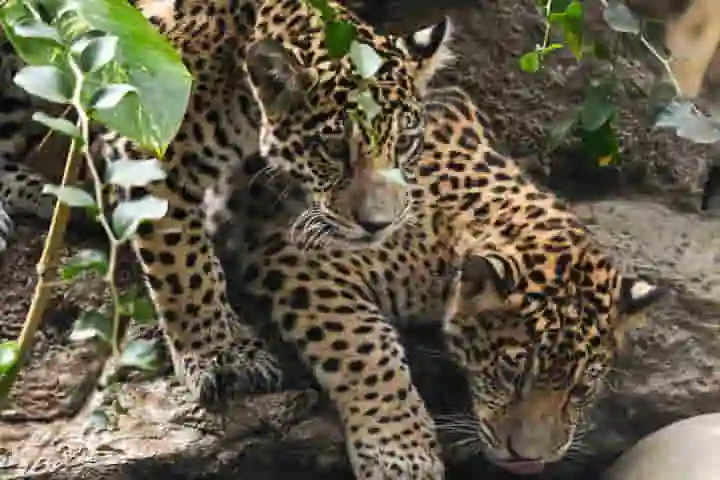Jaguars (Panthera onca) are indeed enigmatic and just like several species of animals, human beings still don’t know a lot about them.
A recent study has come up with some startling findings, which reflect certain pliability in jaguar’s food and lifestyle, which had not been observed earlier. According to an article in sciencenews.org these findings which were shared in Ecology, are vital to understand jaguars’ role in food chain, and thereby help in gaining fresh insights in how changes in the environment will affect the species.
Usually territorial loners, jaguars are found in varied habitats – from deserts to grasslands to tropical rainforests. They are found in large numbers in Pantanal, a tropical wetland, one of the largest, which spreads over parts of Brazil, Bolivia and Paraguay. A sizeable number of these creatures were sighted near Taiama Ecological Station in Brazil.
Given this information, researchers commenced with a project with the aim to understand the jaguars in that region better. Taiama, which is seasonally flooded, does not have any trails or roads to reach, so the team landed there by boat. They set up a number of motion-activated cameras along the waterways.
The profusion of jaguars was obvious immediately. Charlotte Eriksson, Oregon State University’s wildlife scientist observed: “You set your foot out of the boat, and there’s a jaguar footprint there already. There are scratches on trees. There are jaguar scats. There’s just an unbelievable presence of this apex predator wherever you go, which is something I’ve never experienced anywhere before.”
A total of 59 cameras were installed and these operated from 2014 to 2018 and provided more than 1,500 videos. Besides, the team also fitted GPS or radio-tracking collar on 13 animals to understand the their population density, movements and social interactions.

Jaguar (Pic. Courtesy Twitter/@Greenpeace)
Studying the data, Eriksson and colleagues estimate that density of jaguars in Taiama Ecological Station is the highest ever recorded — 12.4 animals per 100 square kilometres – which is nearly triple than the next highest estimates elsewhere.
The footage recorded also showed the cats carrying large fishes. On examining 138 scat samples, it was found that 55 per cent of those had fish remains. Aquatic reptiles like turtles and caiman were 46 per cent while 11 per cent were mammal remains.
Interestingly in the films it was also found that the jaguars fished together in flooded wetlands and on played with each other on land – this was in contrast to what was thought earlier about them being territorial and hunting generally on land.
Also read: Brainy parrots may need psychological help when kept captive
Known for tackling challenging preys including the underwater ones, Eriksson and her team feel that the felines of Taiamã have not only the most fish-dependent diet among jaguars, but also among all big cats. Tigers in Bangladesh which inhabit flooded mangrove forests do eat fish sometimes but their primary diet is land-based food, the researchers said.
Cameras and tracking devices caught the cats spending sizeable time with each other, fishing and playing – an odd behaviour. Throwing light on this social behaviour, Eriksson remarked: “What we knew of jaguars from before this study is basically that they are solitary, and they meet up to mate. And that’s about it.” She added that stories about their sharing prey carcasses were rare examples.
Since the region is protected from human interference and has plenty of aquatic prey, this could be a reason for their high density and social behaviour. Eriksson feels that it is possible that with so food available, there is “no real need to fight over it”.
Also read: Domestic Cats Hunt To Satisfy Their Killer Instinct And Not For Food
Another rationale suggests that as the prey available in the river are reachable in certain areas, this has made the ferocious cats get over their territorial trait and get along with others. This has been observed in other animals like brown bears, who gather in large numbers to feast on salmon despite being solitary in nature.
Eriksson now wants to study how the jaguars’ taste for fish is affecting how often they hunt prey living on land and also the strategies they use to catch the fish. “We think we know a lot about these charismatic, large predators, but there are still things to learn.”




















